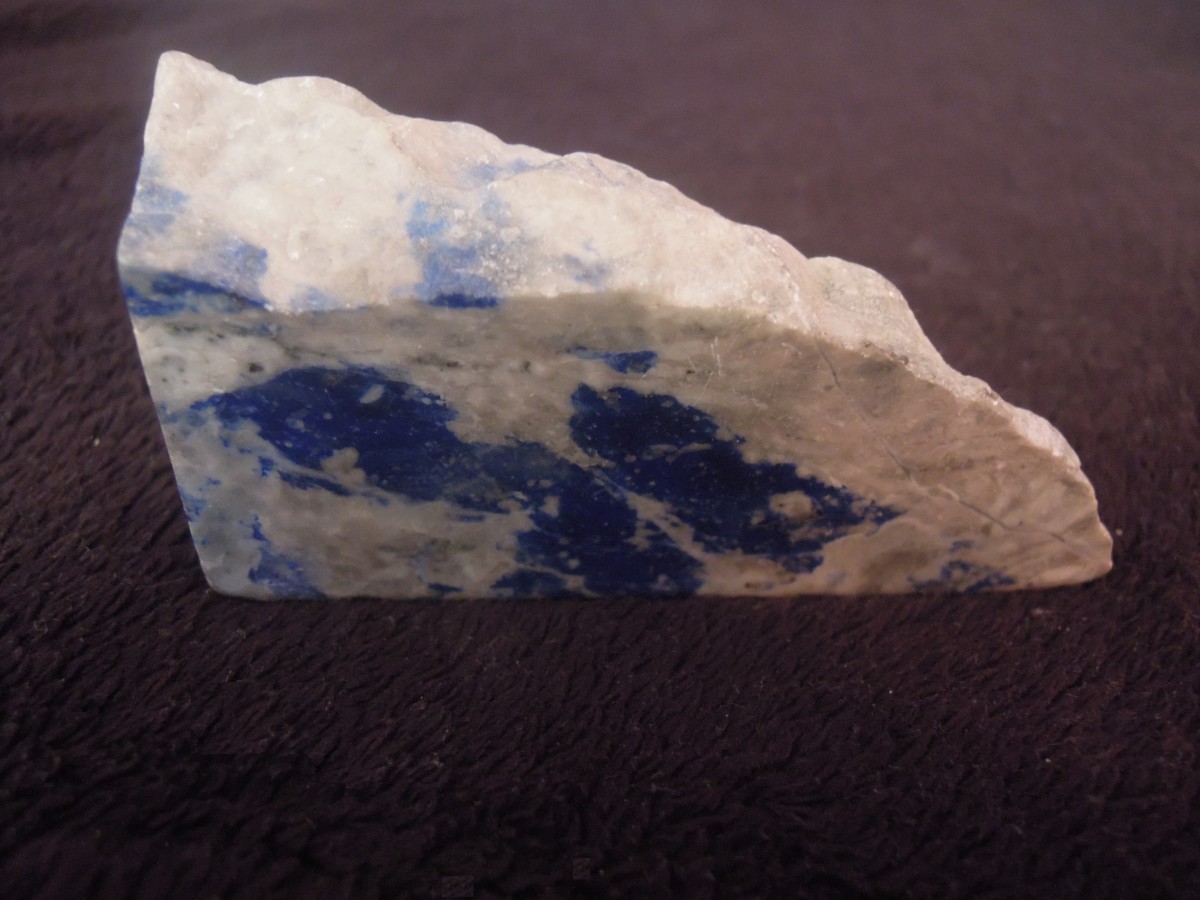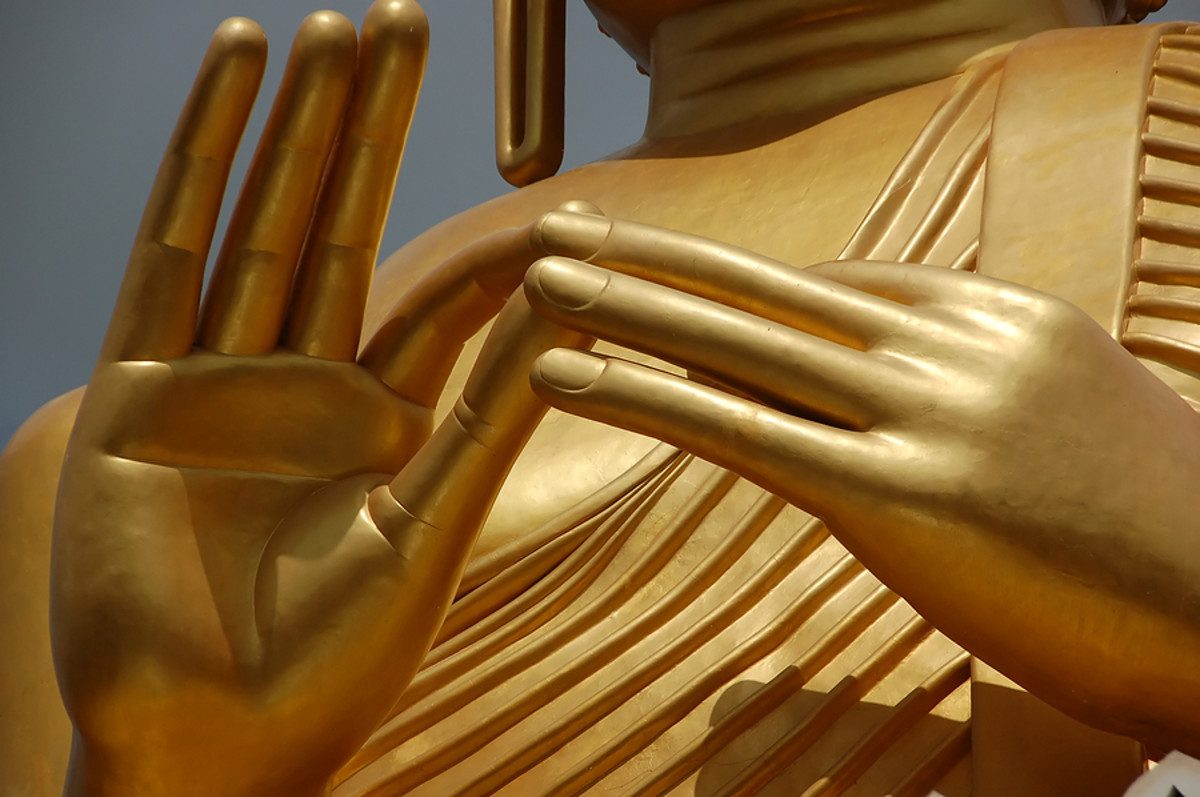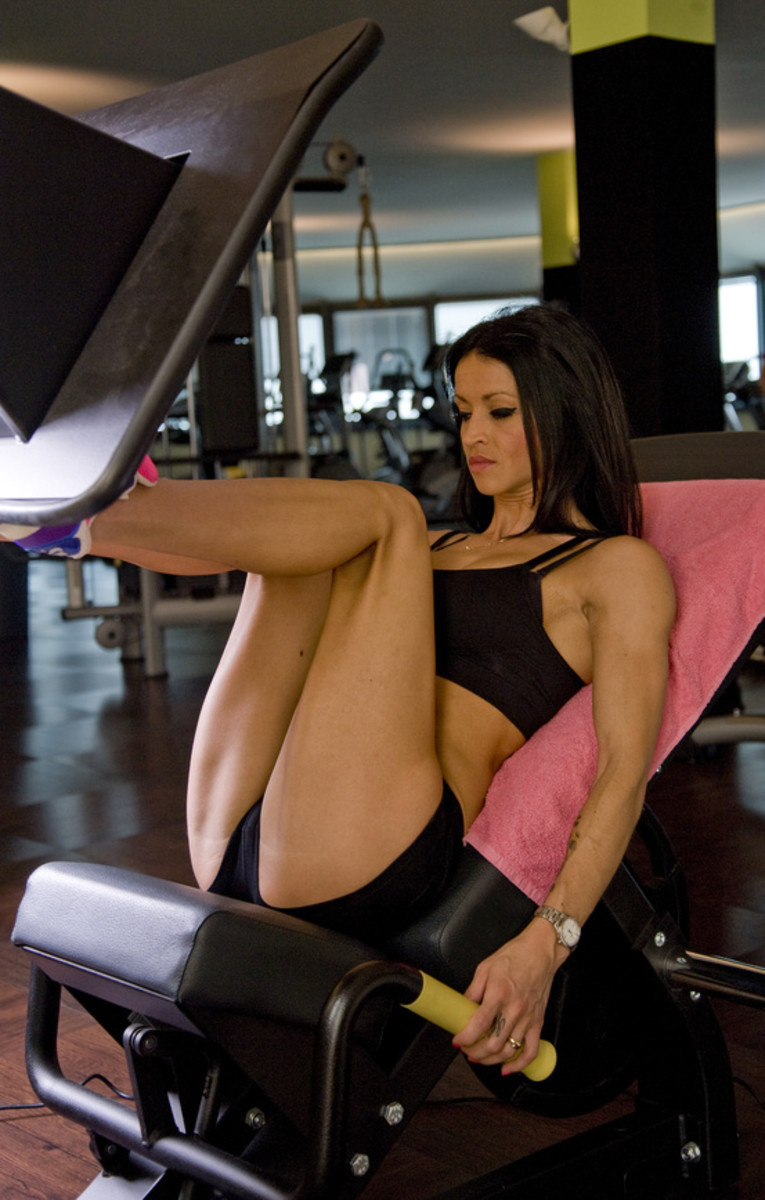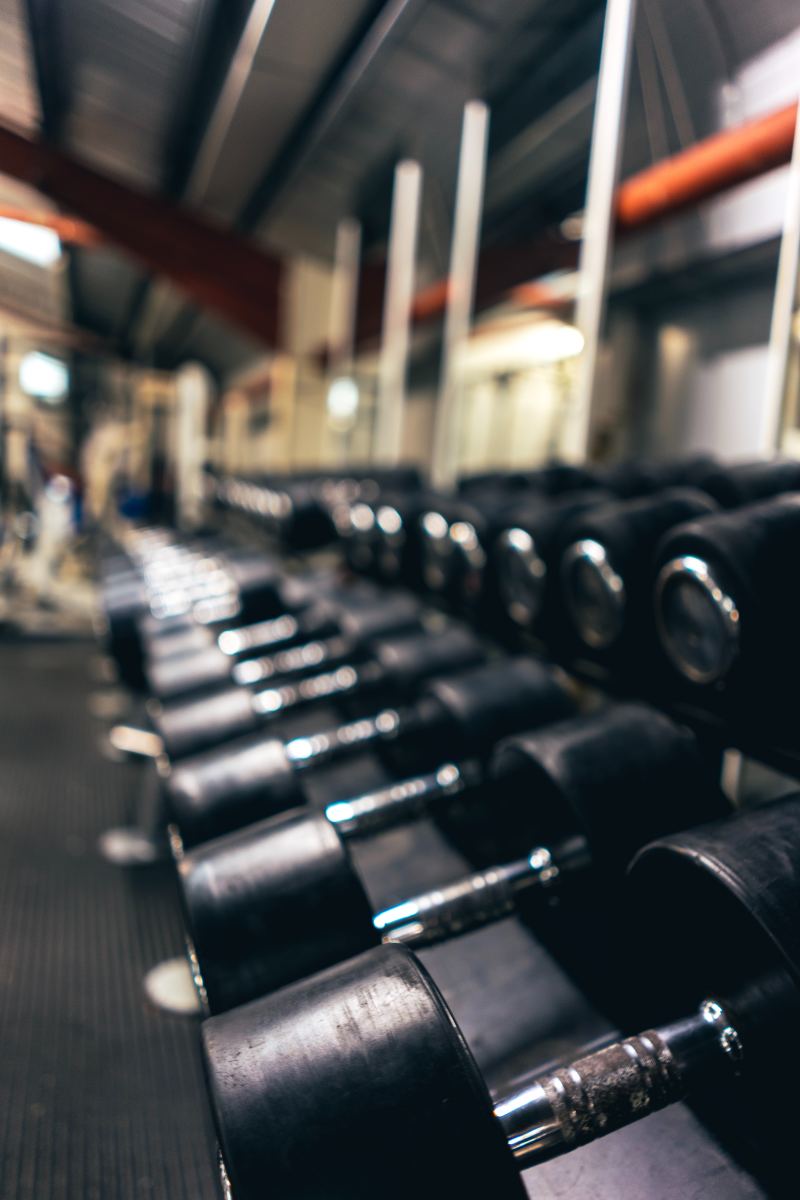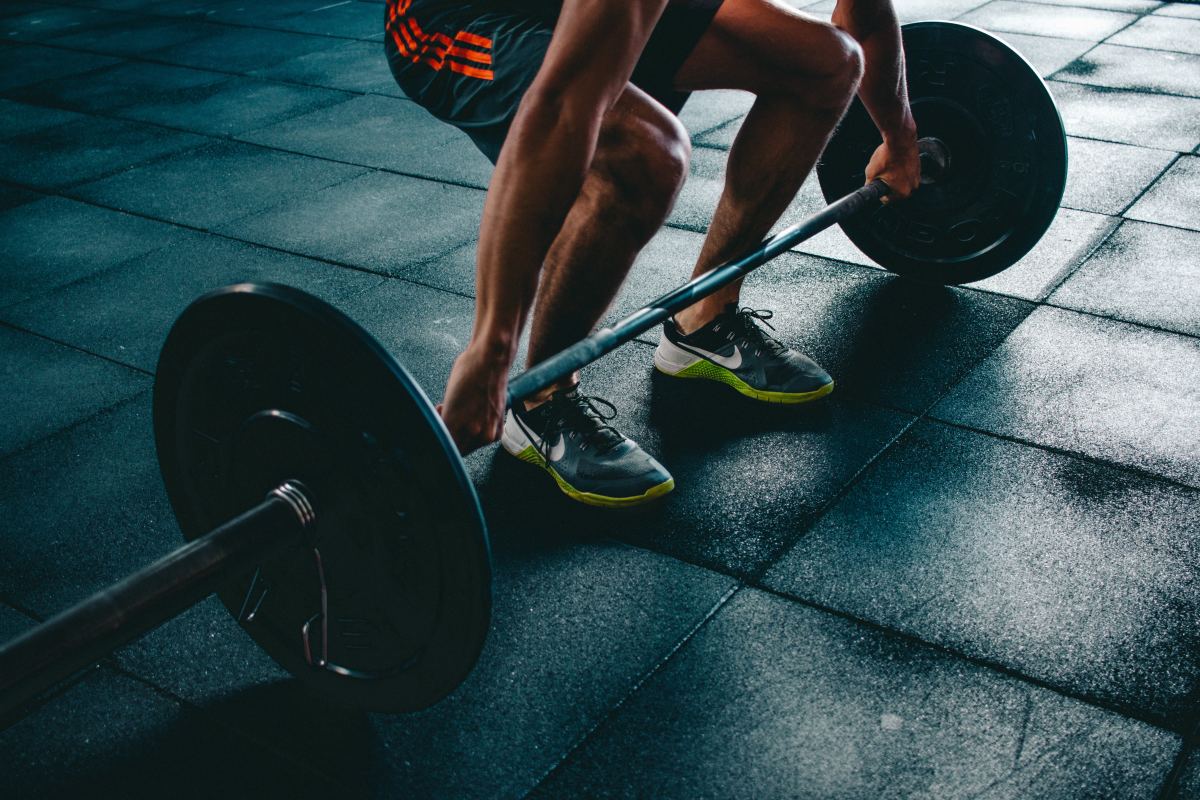A basic guide to Peng in Tai Chi
Master Zhang Xuexin and I in 2003 or there abouts.
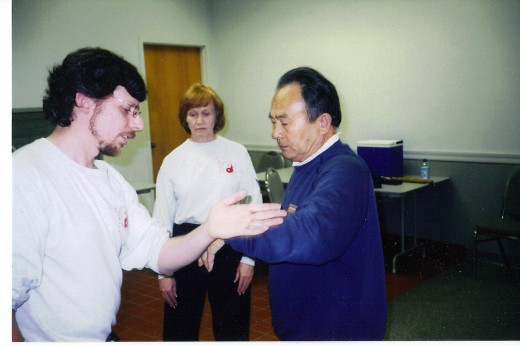
Peng Jin in the Art of Taijiquan
Volumes could be written about Peng Jin. I will attempt to give an accurate description of Peng. First of all, for those that are unfamiliar with the term, Peng is the first of the eight energies. The thirteen postures of Taijiquan are made up of the eight energies and the five directions. The eight energies consist of, Peng, Lu, Ji, An, Tsai, Lie, Jou and Kau. The Five directions are, Forward, Backward, Left, Right and Central Equilibrium. Together they make up the thirteen postures from which all postures in all styles come. You may be wondering what I mean by postures. Well, that can be a little confusing. There is no direct translation for many of the terms used in Taijiquan, and often times terms are used to mean several different things or some people will use the same term to refer to very different things. So I will try to define the terms as I understand them, my operational definition, so to speak.
Peng is usually translated as Ward Off. Most people don’t use terms like Ward Off, so they may not understand what is meant by it. That is why I am attempting to define and explain this very important concept. Many people mistakenly think that warding off is the same as blocking, and in a sense they would be correct if the term Ward Off was used literally. Webster’s Third New International Dictionary defines Ward as, “The action or process of guarding.” And “to turn aside…, parry…, deflect.” These definitions would imply that it is a type of block, but that is not really what Peng is. I have always defined Peng as Engaging Energy. The reason being that many teachers have taught me that Peng should be everywhere at all times and should never be stagnant or static. Unfortunately, because of this, Peng is very difficult to isolate in a way that can be demonstrated. Many instructors will demonstrate Peng by having someone push against their arm while they stand there resisting it with seemingly little effort. While they may be using Peng to accomplish this feat, it is stagnant. Peng is not used in a static position. Instead it is used on-the-fly, so to speak. Peng is never used directly against an incoming force. Yet, in the above description that is what is happening.
Peng is sometimes defined as an upward force or energy, that definition is really the most basic of all. Though Peng is much more than just an upward energy, we will use it as a starting point. To best understand this definition of Peng, the following Taiji classic is very helpful. “All movement is rooted in the foot, developed in the legs, lead by the waist, engages the spine and is manifest in the hands.” The meaning of this classic may be a bit elusive, but we will break it down into small steps. First, the idea of all movement really does mean ALL movement. Every single movement you make in your form works this way. I cannot emphasize enough, that it means EVERY move. Next the classic says that each movement is rooted in the foot. Before any other part of the body moves, the foot should feel as though it is sinking into the ground. I know that many people will disagree with me, but it is my belief that the foot needs to be relaxed and allowed to spread. Many teach that the toes should lightly grip the ground and that by doing so the yong quan or “bubbling well” at the bottom of the foot is cupped slightly. They say that by cupping the yong quan the energy transfer between ground and foot is better. I disagree. By gripping with the toes there is unnecessary tension in the foot. That tension makes it much more difficult to root. Rooting is important enough to warrant its’ own article, so it will not be covered here.
As soon as the foot feels like it is sinking into the ground, the leg begins to push. When this happens, the foot doesn’t stop sinking or pushing into the ground. The foot continues its push as the leg begins its push. The foot and leg both continue their push as the Gua are engaged and the pelvis rolls up slightly in upward folding. All of the former continue their respective movement as the body begins to unfold, and so on until the energy is manifest in the fingers and hands. One analogy is like a light being turned on. Imagine that you are in your house in a back room and someone in a front room turns on a light. The first thing that happens when they flip the switch is that the light bulb lights up, then the light fills the room they are in, then it spills out into and down the hall and finally into the room you are in filling it as well. But each step of this process depends on the fact that the light bulb is still lit. The bulb must remain lit the entire time that light is traveling through the room, out the door, down the hall and into the next room. The same thing applies to your Peng movement. Every step beginning with the foot must be maintained all the way through the entire movement. That means that the leg, for example, must not be fully extended before the rest of the body, the arm and hand are moved completely. The Taiji classics tell us that when one part moves, they all move, and when one part stops, they all stop. By the way, when the arm moves upward it is not from the shoulder to the elbow to the hand. In fact it is the opposite. Or at least it would seem that way. In fact, the shoulder does move first, but it moves by sinking down, as does the elbow, then the hand begins its upward movement, followed by the elbow and finally the shoulder.
This explanation of Peng is in the sense that it is an upward movement, but there are other dimensions to Peng. One dimension is that of engaging energy. What I mean by engaging energy is that this energy is used to adhere, join, stick and follow. Every time you touch an opponent or partner, you should be using engaging energy to listen to what they are doing, what they intend to do and where they are weak or strong. All of this is accomplished through proper use of Peng. The Chinese use other terms to explain engaging energy, etc but when it comes right down to it, understanding Peng will accomplish the same thing without needing to complicate things with more terminology. When Peng is used as engaging energy, it allows us to read what our partner is doing before it happens. In this sense, Peng is used as a transition to one of the other energies, Lu, Ji, An, Tsai, Lie, Jou or Kau.
Many times a teacher will talk about outward Peng. Outward Peng is a whole body Peng that I will attempt to explain. When the body structure is correct and the intention is correct, the entire body will manifest an outward energy that is identical to the feeling of Peng when it is used as engaging energy. This is similar to the outward pressure that air exerts in a balloon or ball. When you fill a balloon the air presses outward equally in all directions. This doesn’t happen all on it’s own though. Even with proper body structure, there is one more requirement. Intention is also very important. It is intention that creates the balloon-like feeling of outward Peng in all directions equally. Accomplishing a truly equal intention in all directions is much more difficult than it may seem. We have a tendency to put our intention where our attention is. That is to say that when we have a partner or opponent in front of us, we tend to put both attention and intention on that person. What we must learn to do is separate attention and intention. We must obviously put our attention on the person in front of us, but the intention must be maintained in all directions. That is not easy to do. It takes a lot of practice with a very patient partner.
There is much more to Peng that I have not included here. As you can see, I was not exaggerating when I began this article with the statement that volumes could be written about Peng. But as this was intended as a basic guide to Peng, I will save the rest for another article. It is my hope that students of Taijiquan and, really any martial art, may benefit from what I have written here. As with all my articles, I ask that you please leave comments or contact me through Hubpages.com with any questions you may have.

